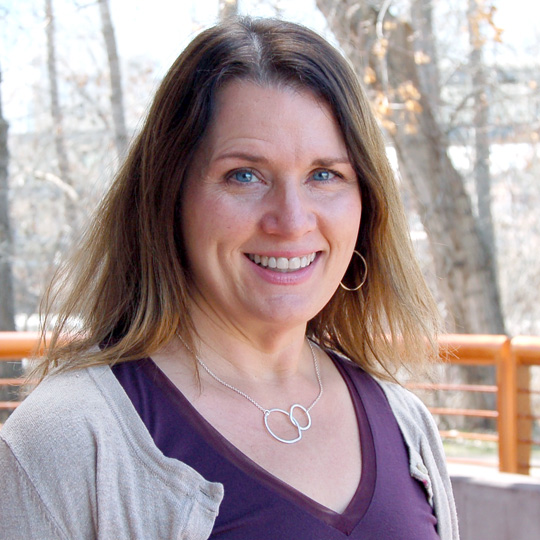-
Call Us
-
Baker City (541) 523-1001
-
Boise (208) 381-2222
-
Buhl (208) 814-1000
-
Caldwell (208) 381-2222
-
Eagle (208) 473-3000
-
Fruitland (208) 381-2222
-
Hailey/Ketchum (208) 727-8800
-
Jerome (208) 814-9500
-
McCall (208) 634-2221
-
Meridian (208) 706-5000
-
Mountain Home (208) 587-8401
-
Nampa (208) 381-2222
-
New Meadows (208) 634-2221
-
Ontario (208) 381-2222
-
Riggins (208) 634-2221
-
Sun Valley (208) 727-8800
-
Twin Falls (208) 814-1000Nearest Location
-
-
Health Services
-
Communities & Locations
Site Navigation
Supplemental
- About St. Luke’s
- Donate or Volunteer
- Blogs
- For Providers
- En Español
- Contact Us In Twin Falls (208) 814-1000
Menu
-
Health Services
Health Services Menu
Medical Services
Specialties, Conditions, Procedures & Treatments
Search by keyword or browse our list of services.
Providers
Find a provider by specialty, location, or availability.
On-Demand Virtual Care
Available seven days a week from 8 a.m. to 8 p.m.
Research Studies & Clinical Trials
See current studies testing new drugs, devices, and equipment to find better ways to treat and help patients.
Health Information
Health Activities
Life Events
-
Communities & Locations
Communities & Locations Menu
Facilities
Emergency & Urgent Care
For life-threatening medical emergencies, call 911 without delay. For a mental health crisis, call or text 988 for free and confidential crisis support.
Clinics
Search by specialty and location.
Hospitals & Medical Centers
Receive the highest level of care from the region's leading providers.
Labs & Imaging Centers
Find a lab or imaging facility close to you.
Pharmacies
Search for a retail pharmacy in your area.
Infusion Centers
Find an outpatient infusion center.
Business Services
Visit us to pay bills, ask billing questions, or request billing records.
Nearest You
-
Resources For Patients & Visitors
Resources For Patients & Visitors Menu
After Your Visit
-
 MyChart
MyChart
-
Search
Search Menu
- St. Luke’s joins national trial focused on breast cancer screening
St. Luke’s joins national trial focused on breast cancer screening

St. Luke’s is participating in a national study that will help determine the best way to detect breast cancer.
The Tomosynthesis Mammographic Imaging Screening Trial (TMIST) study focuses on two types of digital mammography used in breast cancer screenings: the 2D format, which takes pictures from two sides of the breast, and the 3D format that captures images from different angles around the breast. In addition to 2D and 3D mammography, the study also examines other aspects of breast cancer screenings, including the frequency of screening (annually or every two years) and various risk factors.
St. Luke’s Breast Cancer Detection Center on Washington Street in Boise is the only location in the northwest that is participating in the study, explained Dhuha Ali, clinical research coordinator for the study.
Women eligible for the eight-year story must be between the ages of 45 and 74 and also must meet other criteria. Candidates for the study receive a letter listing study criteria and information about how to participate. The response has already surpassed what was expected, Ali said. More than 100 people have responded so far, and Ali is enrolling new patients each day.
“We are so grateful for the people who have been willing to participate,” Ali said.

Many insurers won’t cover 3D mammography because there is a lack of evidence showing that method is superior to 2D imaging. This study could lay the groundwork for changes in how 3D mammography is covered.
St. Luke’s was selected to participate in the study because it is one of the only locations in the northwest that still offers both 2D and 3D options.
Patients who aren’t participating in the study and come to St. Luke’s for a mammogram are given the option of which method they prefer when they arrive for the appointment. For trial participants, a computer randomly selects which mammography method will be used.
Ultimately, study participants could help provide evidence that will determine new screening guidelines.
“This study combines all the factors and which test would be best based on those factors,” Ali said.About The Author

Chereen Langrill was formerly a communications coordinator for St. Luke’s Health System.
Related Location

Your Partner in Health.
People are at the heart of great health care. That's why we are committed to delivering compassionate, high-quality care tailored to the communities we serve.
Together with our community partners and patients, we're building a stronger, healthier future for all Idahoans.
